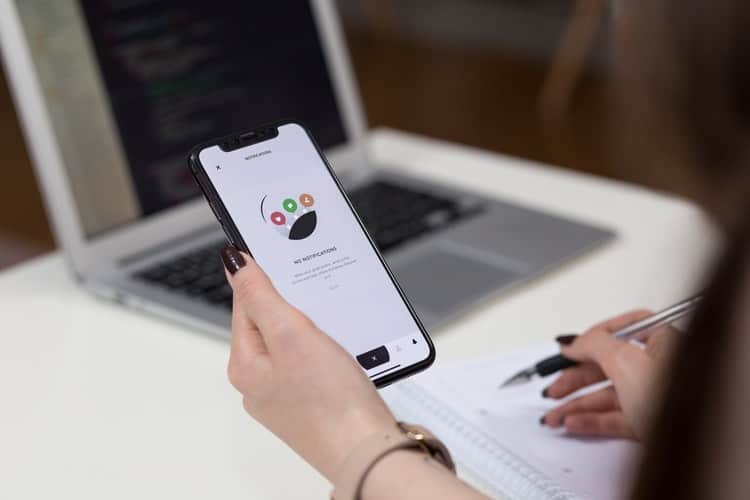
Ever noticed how your learner’s attention wanders off midway while training?
Why can’t your learners remember everything that they are being taught and trained to do?
Many L&D are removing traditional learning methods and adopting the effectiveness of a new training approach: Microlearning.
In this article, we will discuss why the microlearning training approach is more impactful than any other traditional method for eLearning.
Microlearning Training Approach For eLearning
Learning is contextual, dynamic, and personal for the learners and differs from person to person. Some learners catch the training easily while some repeat to gain the learning goals. The microlearning training approach is very much different from the traditional learning courses. It deals with short-term learning activities and small learning units.
The microlearning training approach is all about providing eLearning in short time bursts with engaging training material. With particular learning goals and short duration courses, it makes the learning engaging with easy-to-understand learning components.
Convenience Of Accessing The Training
Microlearning is also known as mobile learning as it offers easy convenience to the learners in accessing the courses. It makes it easier for the learners to attain the information they need at their convenience. That’s why it is such a popular and effective training approach among modern trainers and L&D professionals. The shorter duration courses are designed intentionally to support mobile training strategy. Learners can easily do the training on the go using smartphones and complete their learning goals.
Deliver Multimedia Training To The Learners
Gone are the days when learners had to learn through simple, plain, and long text-based training courses. Today’s microlearning training courses continent can be delivered in several forms, i.e., texts, videos, images, audio, games, tests, and quizzes. One of the major advantages of microlearning is that it allows learners to learn a new skill and apply it immediately without disrupting their workflow.
Spaced Repetition For Better Retention
When we learn through the regular repetitive microlearning courses then we can remember for a long time. Microlearning training strategy is an effective learning strategy where lessons are retaken at increasing intervals. This helps the learners to recall the previous lessons and embed the knowledge in long-term memory. It enables you to break down complicated subjects into smaller lessons and delivers in-brief sessions for better retention.
Assessment Builds Confidence
An assessment like- tests, questions, quizzes, and puzzles plays an important role in building the skill sets of the learners. It is designed to increase the retention rate while minimizing the chances of mistakes. Assessment helps in measuring the correctness of a learner’s knowledge and builds up confidence after successful training. Keep in mind that it must be included using the practices through modern learning approaches.
Microlearning For Experiential Learning
Learners only learn from their experiences. Learners can enable their own experience according to their cognitive ability. With microlearning, you can create training that can trigger inspiration in a brainstorming session. The brain science of microlearning isn’t optional and is based on research and helps in developing knowledge and skills.
Conclusion
Microlearning training plays an important role in the training of today’s modern learners. It acts as a strong contender for consideration by every learning team, whether in the corporate world, higher education, or the nonprofit sector.
